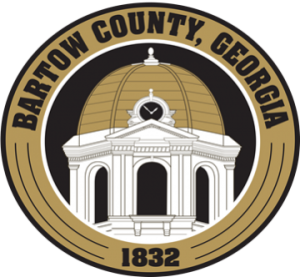Caution! Warning! Danger! Poison! These are the signal words that you will find on the labels of various pesticide products. These signal words are listed in order of least toxic (Caution) to most toxic (Poison). Typically, most of the products you would find at the local garden center fall into the “Caution” category. The signal word “Poison” is always written in red letters and must be accompanied by a skull and crossbones symbol. Products that are labeled as “Restricted Use” can only be purchased and applied by a licensed pesticide applicator.
The Environmental Protection Agency (EPA) determines which signal word should be associated with each pesticide product on the market. The signal word tells the user how toxic a product would be if it were to enter the body. Potential routes of exposure include accidental ingestion (orally), through the skin (dermally), through the eyes (ocularly), or by breathing (inhalation).
All pesticides can potentially be harmful or lethal in high enough concentrations, no matter what the signal word says. Even natural “organic” pesticides can be harmful or lethal in high concentrations and are regulated by the EPA in the same manner as synthetic pesticides. A Swiss physician in the late 1500’s, Paracelsus, is often credited as the “father of toxicology” and modern medicine. Paracelsus is known for the old adage, “The dose makes the poison,” which is a basic principle of toxicology.
The most dangerous interaction with a pesticide involves opening the bottle or package that holds the active ingredient in a highly concentrated form. This is why every pesticide label says “Keep out of reach of children.” The label will define the minimum protective equipment required for various tasks. Note that the protective equipment for mixing and loading may be more extensive than during application because of the potential for contact with a more concentrated pesticide.
The level of concentration that you purchase often determines the signal word you will find on the label. For example, a common herbicide you can purchase at most local garden centers is “Weed-B-Gon Weed Killer for Lawns,” which contains the active ingredient 2,4-D. The concentration of 2,4-D in this product is only 3.05% and the label has the signal word “Caution”. Whenever you are using any pesticides, at the very least, you should wear a long-sleeved shirt, long pants, shoes, socks, and chemical-resistant gloves to minimize exposure. The labels of 2,4-D products also state that people and pets should not be allowed to enter the treated area until the spray has dried.
Another herbicide sold under the brand name Radar AM4 contains the exact same active ingredient as the Weed-B-Gon Weed Killer. However, this product is labeled for use in pastures and hayfields instead of lawns. Typically, products that are labeled for farm or commercial applications are going to be more concentrated because you will be spraying on a per acre basis. The label on Radar AM4 has the signal word “Danger” because the concentration of 2,4-D in this product is 46.8%. Because this product is more highly concentrated, it requires wearing protective eyewear (goggles) and a chemical resistant apron when mixing or handling the concentrate in addition to the other personal protection you would normally wear when using pesticides.
The first paragraph on the Radar AM4 label states “Corrosive. Causes irreversible eye damage… do not get in eyes, etc.” Here again, people, pets, or livestock should stay off the lawn or pasture during the spray application to minimize eye contact and direct exposure. Once the product has dried, it would be safe to return livestock to that field for grazing. As with many agricultural herbicides, the Radar AM4 label also has grazing restrictions for dairy animals (7 days) after application and meat animals (3 days) prior to slaughter.
Based on these two herbicide examples, you can see how important it is to closely read and follow the pesticide label. Even products with the exact same active ingredient should be handled very differently based on the level of concentration in the product and its end use. The label and associated signal words tell you the appropriate personal protective equipment you need to wear and any other safety precautions for pets and livestock that may come into contact with the pesticide you are using.
Paul Pugliese is the Extension Coordinator and Agricultural & Natural Resources Agent for Bartow County Cooperative Extension, a partnership of The University of Georgia, The U.S. Department of Agriculture, and Bartow County. For more information and free farm, lawn, or garden publications, call (770) 387-5142 or visit our local website at extension.uga.edu/bartow.
